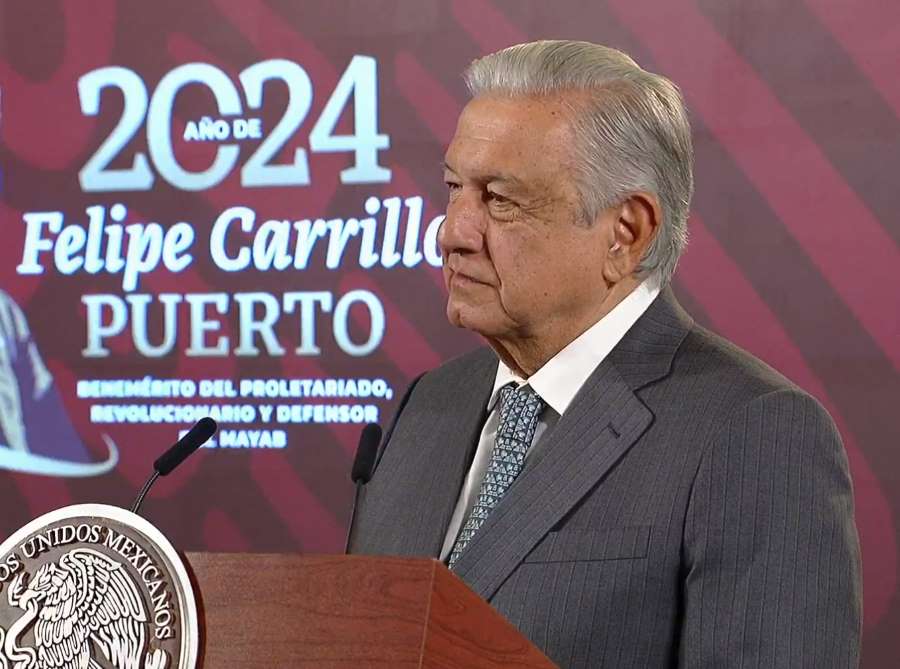Insights into Mexico's Affairs and Acapulco's Recovery
AMLO's conference covers steady fuel prices, Acapulco's post-hurricane recovery, and the ongoing search for missing persons. Acapulco tourism shows signs of life. Billionaire Salinas Pliego faces a tax showdown with the government.

President Andrés Manuel López Obrador (AMLO) presides over the Morning Conference, a forum where the pulse of Mexico's governance beats. Today, the discourse is charged with the weight of fiscal policy, as AMLO unveils a new approach to addressing the debts of the Salinas group, casting a spotlight on the labyrinthine world of taxation and privilege.
In a departure from tradition, AMLO takes center stage to confront a longstanding issue shrouded in silence: the tax debts of influential corporations. With a measured cadence, he reveals a shift in paradigm, where the cloak of tax waivers for the elite is stripped away, exposing the contours of privilege to the harsh light of accountability.




